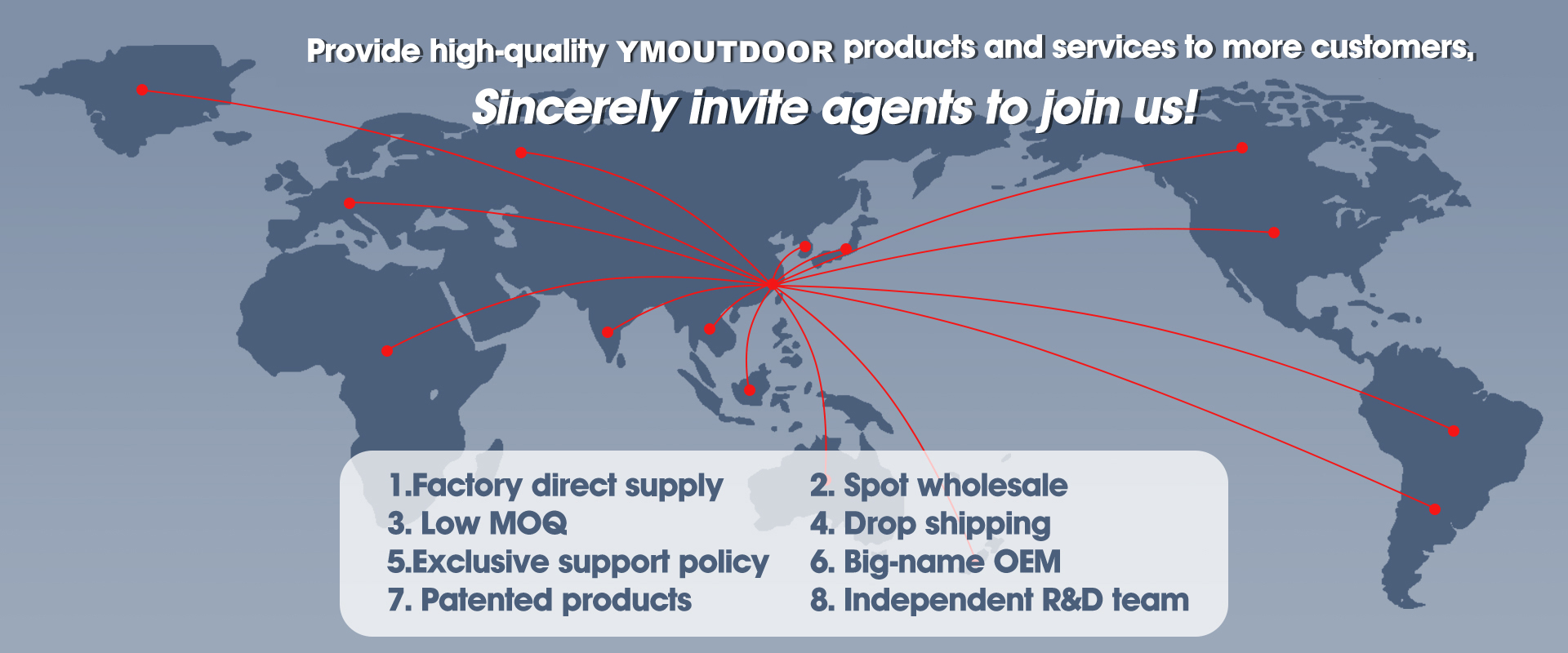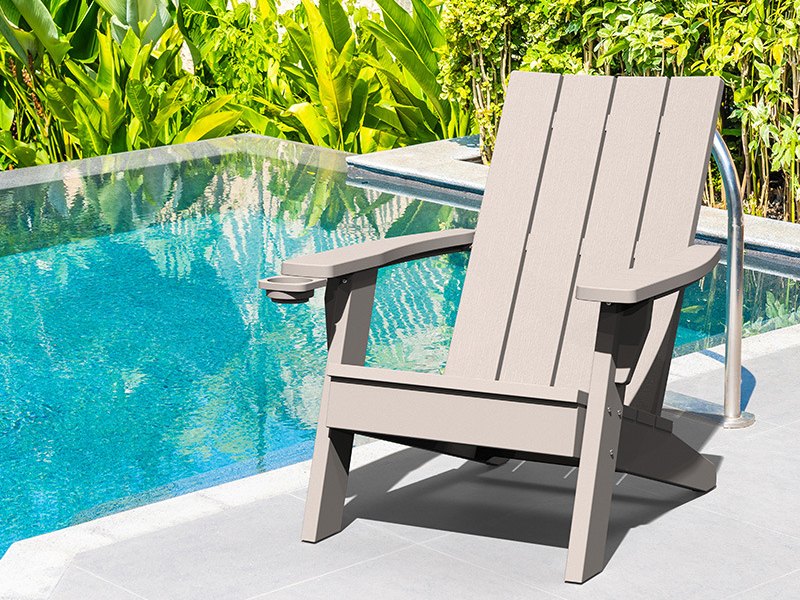
WMožno budete musieť pri nákupe vonkajšieho nábytku premýšľať o niečo viac ako pri nákupe nábytku do interiéru. Vonkajší nábytok je totiž neustále vystavený nepriaznivým poveternostným podmienkam a materiály môžu byť veľmi dôležité. Ak chcete, aby vaše stoly a stoličky vydržali dlhšie vonku, mali by ste byť opatrnejší pri analýze a porovnaní surovín použitých na ich výrobu, skôr než sa rozhodnete ich kúpiť.

When keď ide o plast, každému to nie je cudzie, ale v skutočnosti je plast veľmi veľká rodina.
Plasty na bio báze
Bio-based plastics are made from renewable biological resources. For example, sugar cane is processed to produce ethylene, which can then be used to make polyethylene. Starch can be processed into lactic acid, which can then be used to produce polylactic acid (PLA).
Rozložiteľné plasty
Degradable plastics are plastics that are degraded by microorganisms into water, carbon dioxide (or methane) and biomass under specific conditions.

Engineering Plastics
Engineering plastics offer higher performance than standard materials, making them ideal for harsh engineering applications. In many applications, they have gradually replaced traditional engineering materials such as wood or metal because they not only equal or exceed traditional materials in weight/strength ratio and other properties, but are also easier to manufacture, especially in applications with complex designs.
Epoxidové živice
Epoxy resins have been around for over 50 years and are one of the most successful of the plastics family. Their physical state can change from a low-viscosity liquid to a high-melting solid, which means that a wide variety of materials with unique properties can be manufactured. At home, you'll find them transformed into soft drink bottles and a variety of packaging materials, and they're used as protective coatings for everything from beds, garden chairs, office and hospital furniture to supermarket carts and bicycles. They are also used in special industries, such as protecting the surfaces of ships, oil rigs and wind turbines from the effects of bad weather.
Expandovaný polystyrén
Expanded polystyrene or EPS is a widely used commodity polymer. It is widely used as a shockproof packaging material for machinery and equipment, instruments, household appliances, handicrafts and other fragile and valuable products, as well as for fast food packaging.
Fluórpolyméry
Fluoropolymers are known for their outstanding non-stick properties, which are associated with their use as coatings on cookware and as stain repellents for fabrics and textiles. They have also contributed to significant advances in aerospace, electronics, automotive, industrial processes (chemical and power sectors, including renewable energy), construction, food and pharmaceutical, and medical applications. The best-known member of fluoropolymers is PTFE (polytetrafluoroethylene).
Polyolefíny
Polyolefins are polymers of polyethylene and polypropylene thermoplastics. They are produced primarily from petroleum and natural gas through the polymerization process of ethylene and propylene, respectively. Their versatility makes them one of the most popular plastics today.
Polystyrén
Polystyrene is a synthetic polymer made from styrene monomer, which is a petroleum liquefaction product. It is a thermoplastic polymer that softens when heated and can be transformed into a variety of final products through semi-finished products such as films and sheets.
Polyuretán
Polyurethane is a flexible, pliable and durable man-made material. There are various types of polyurethanes that look and feel very different from each other. They are used in a very wide range of products. In fact, we are surrounded by products containing polyurethane in all aspects of our daily lives. While most people are not familiar with polyurethanes because they are often "hidden" behind covers or surfaces made of other materials, it is hard to imagine life without them.
Polyvinylchlorid
Polyvinyl chloride was one of the first plastics to be discovered and one of the most widely used. It comes from salt (57%) and oil or natural gas (43%). It is the third most widely produced synthetic plastic polymer in the world, after polyethylene and polypropylene.PVC comes in two basic forms: rigid (sometimes abbreviated as RPVC) and flexible.
Termoplasty
Thermoplastics are polymers that can be melted and recast almost indefinitely. They melt when heated and harden when cooled. However, when frozen, thermoplastics become glassy and break easily. This material can be repeatedly reheated, remolded and cooled. Therefore, thermoplastics are recyclable in production. Some of the most common types of thermoplastics are polypropylene, polyethylene, polyvinyl chloride, polystyrene, polyethylene phthalate, and polycarbonate.
S toľkými skvelými materiálmi, z ktorých sa vyrába najrôznejší vonkajší nábytok, je plastový vonkajší nábytok veľmi ekologickým produktom, ktorý je nielen odolný a extrémne nenáročný na údržbu, ale na konci svojej životnosti ho možno plne recyklovať.
Vďaka hladkému povrchu možno plastový vonkajší nábytok ľahko čistiť iba mydlom, vodou a handrou, čo z neho robí ideálnu voľbu pre lenivých ľudí.
Výhody plastového vonkajšieho nábytku ¼
The beauty of plastic outdoor furniture is that they require little maintenance.
Je odolný proti vlhkosti, neplesnivie a odoláva poveternostným vplyvom bez potreby tmelov alebo lakov.
Je tiež veľmi cenovo dostupný, dostupný v rôznych farbách a môže vyzerať ako akýkoľvek iný materiál.
Ďalšou výhodou je, že plastový nábytok je ľahký a často stohovateľný
Recyklovateľné
Nevýhody plastového vonkajšieho nábytkuï¼
- Vonkajší nábytok s plastovou textúrou nemusí vyzerať tak luxusne
- V extrémnom počasí môže odfúknuť